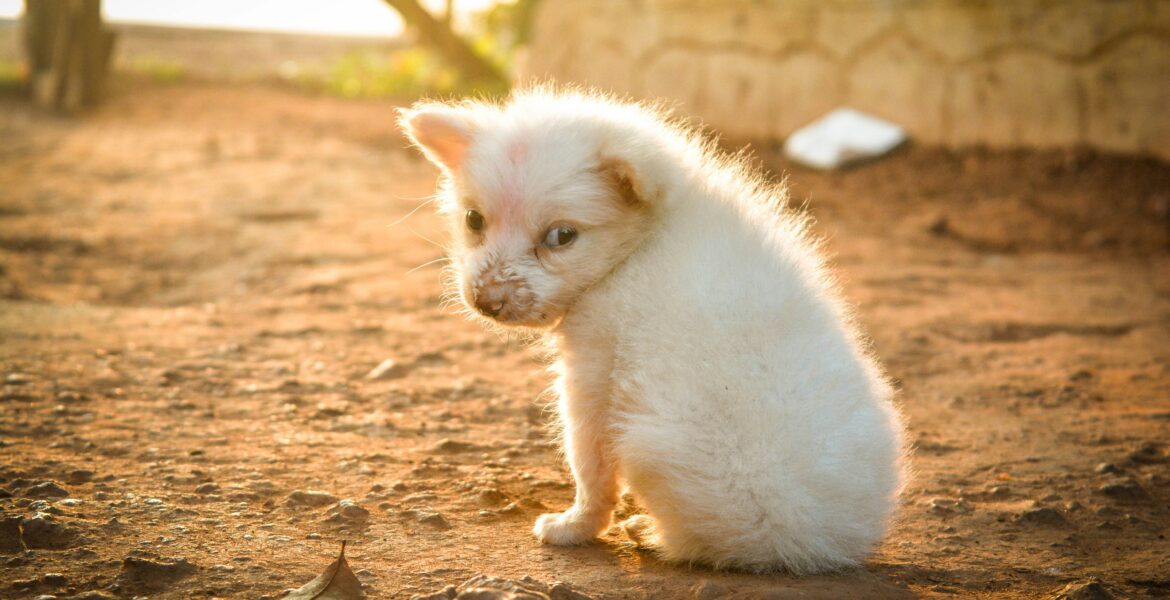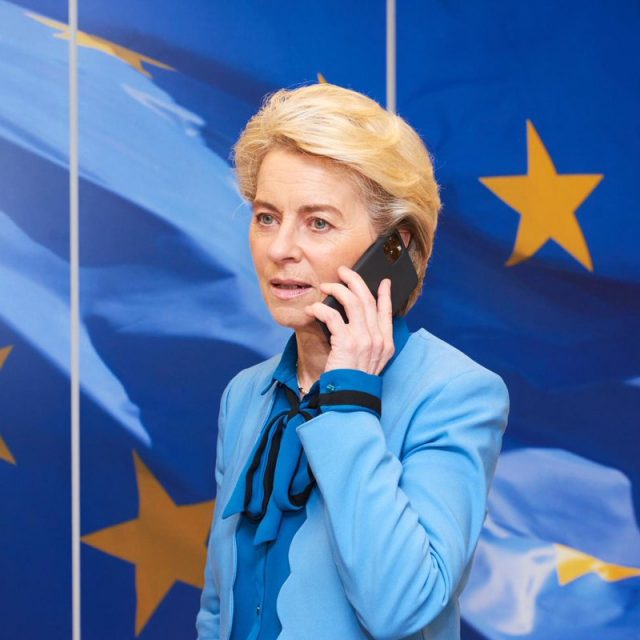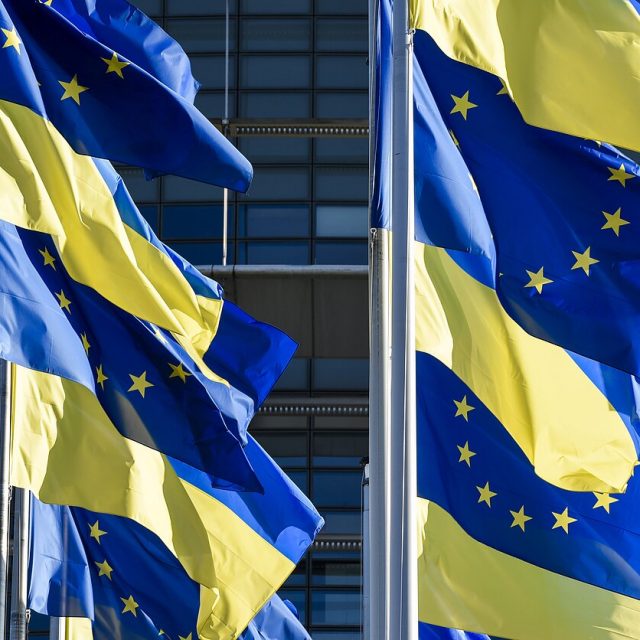Photo by Kiran kichu on Unsplash
Two new items have been given “protected” status by the EU.
This comes after the EU Commission approved the addition of Cochinillo de Segovia and Twente to the protected list of Protected Geographical Indication (PGI).
The first comes from Spain while Twente wine is from the Netherlands.
Cochinillo de Segovia is meat from pigs born in the province of Segovia and the district of La Moraña, in Spain. ‘Cochinillo de Segovia’ has a white skin and pink meat.
Another characteristic feature is that the piglets are fed exclusively with their mother’s milk.
In the 1960s and 1970s suckling pig became a mainstay of Segovian gastronomy, which went on to become famous throughout the world.
Twente wine, meanwhile, are produced in Twente region, in the east of the Netherlands.
All aspects of the terroir, the climate, location, soil and vineyard management, as well as the winemaking process, contribute to the quality of the wine, said an EC spokesman.
The human input – such as the selection of varieties, the growing method used (maximum use of sunlight, thinning of bunches), harvest management (checking of sugar levels, acidity and aromas) and winemaking practices (cold fermentation, ageing in wooden barrels) – is a further aspect that, together with the soil and climate, allows the “specific quality wines” of Twente to be produced.
These new denominations will be added to the list of 3,610 agricultural produTcts already protected.
Meanwhile, the Commission has announced a €126.9 million investment in 26 new projects contributing to the Mission Restore Our Ocean and Waters.
The projects gather 346 beneficiaries from 35 countries (26 Member States and 9 associated countries), including small and medium businesses, research institutions, local authorities, higher or secondary education establishments.
Actions will take place from the Baltic and North Sea, through the Danube River and Black Sea, Mediterranean Sea, and across to the Atlantic.




